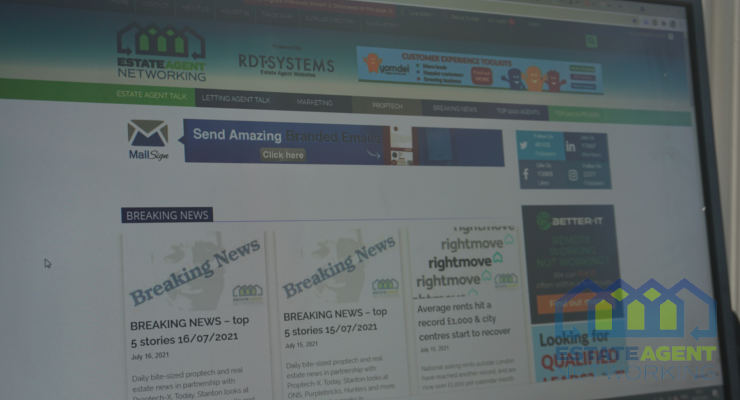PROPERTY WEBSITE DESIGN TRENDS 2015.
Every year we see changes in the way that websites are designed and how they function from a user’s perspective.
Many of these changes are driven by the biggest players in the market such as Google who often outline what they expect to see from companies creating a new website. Generally changes in design and who content is displayed has a positive effect on SEO as long as it is done correctly. I have outlined below some of the main design trends I think will be affecting property websites in 2015.
GO RESPONSIVE!
A growing trend in the world of website design is the functionality to make your website Responsive. Responsive design uses CSS queries to figure out which device the website is being viewed on, in order to adjust to make sure the website is optimised to be viewed on all different kinds of devices. Responsive design effectively means that a single website can be created, while keeping the design consistent across all platforms.
Responsive design not only offers high functionality across all devices it also improves page-loading speed, adding to the experience of the end user, which ultimately is what Google are looking for from your website. A high ranking on Google results in your business attracting more leads – good times for everyone involved!
DEEP SCROLLING PAGES
The days of short pages on a website are no longer! ‘Everybody Scrolls’ research done by Rebecca Gordon shows that people are now so accustomed to scrolling now that some of the biggest companies in the world have adopted the scrolling website approach, Inbox by Gmail is a great example. This design technique not only creates a great user experience but it also allows designers to create stunning websites that deliver all the product information in a modern user friendly fashion.
CONTENT IS KING!
No company that hopes to do business online can afford to ignore SEO. Google with their most recent roll out ‘Penguin’ effectively changed all previous conceptions about what constituted good SEO. Tricks don’t work anymore, Google want websites that are built for the end user and display the information is the most effective way possible. Therefore your content strategy is key & yes that means having a blog and actually using it! Having a blog and sharing it on your social networks will create strong backlinks to your website and increase your rankings on Google.
BIG IMAGERY
Sounds very simple right? Well the fact is that big imagery works and many companies use it in the design of their website. Some websites just use one big image as their homepage and because people are so used to scrolling it works. Several of the designs in our gallery use large imagery combined with deep pages to effectively display all the information needed on a property website and featured properties.
FLAT DESIGN
Flat design is a minimalistic design approach that emphasizes usability. It features clean, open space, crisp edges, bright colours and two-dimensional/flat illustrations. If you use windows 8 that is a great example of one of the early adoptions of flat design. Google are driving the flat design approach as it is user friendly, a good example of a property website using flat design that Technicweb built is Westways.







